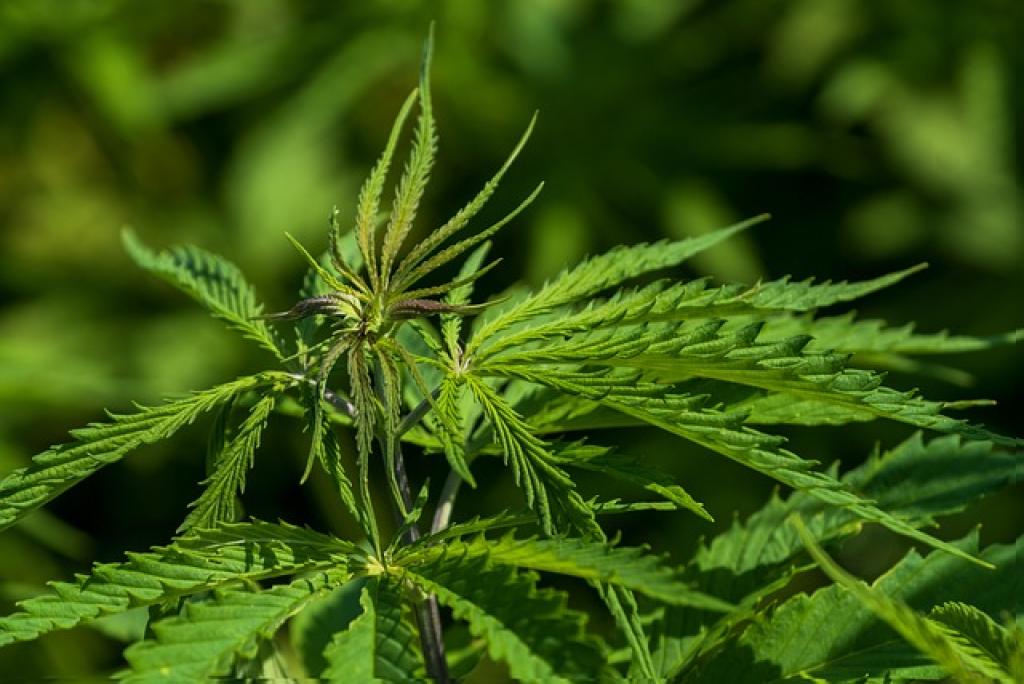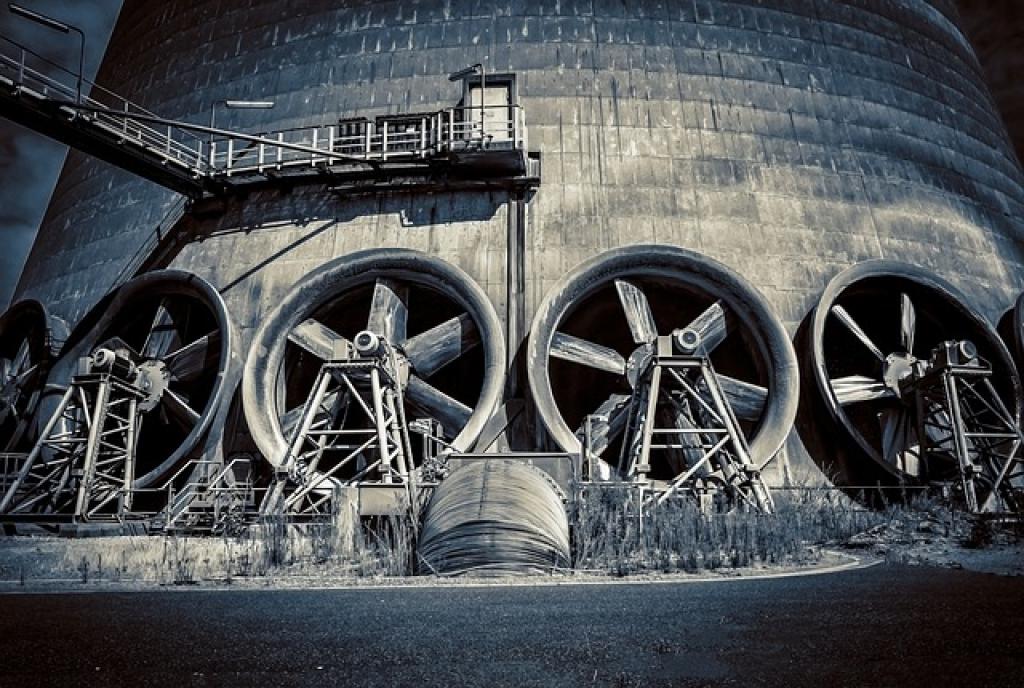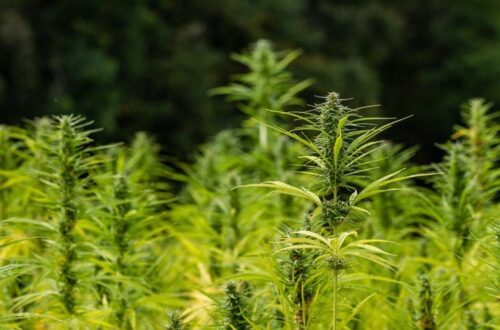Imagine walking through a lush garden, where the air is filled with the scent of blooming flowers and the gentle buzz of bees. Now picture this garden filled with hemp plants, towering over vibrant vegetables and herbs, creating a sanctuary of growth and community.
Community gardens aren’t just about fresh produce; they’re about bringing people together. Hemp, with its multitude of uses and benefits, can take these gardens to a whole new level.
In this post, we’ll dive into how incorporating hemp into community gardens can enhance sustainability, boost local economies, and even improve the overall well-being of the community members. So, let’s dig deeper into the world of hemp and see how this versatile plant can transform our shared green spaces.
What Makes Hemp an Ideal Crop for Community Gardens?
Hemp is like the superhero of plants, offering a wide range of advantages that make it perfect for community gardens. First off, it’s incredibly low maintenance. Hemp thrives in various climates and soil types, making it a strong candidate for different garden settings.
One of hemp’s superpowers is its rapid growth. This plant matures quickly, allowing gardeners to see results faster than many other crops. Plus, its height and dense foliage can act as a natural pest deterrent, reducing the need for chemical pesticides.
Environmental Benefits
Hemp is also a champion when it comes to sustainability. It boasts deep roots that help improve soil structure and prevent erosion. Additionally, hemp absorbs CO2 more effectively than many other plants, offering an eco-friendly boost to the atmosphere.
Multifunctionality
But wait, there’s more! Hemp is incredibly versatile. Its fibers can be used to make textiles, biodegradable plastics, and even building materials. The seeds are packed with nutrients, making them a healthy addition to any diet.
By growing hemp, community gardens can become holistic hubs of sustainability, education, and growth. Isn’t it time we all got on board?
Exploring the Environmental Benefits of Growing Hemp in Community Gardens
Growing hemp in community gardens brings a host of environmental perks that we simply can’t ignore. One standout benefit is its ability to enhance soil health. Hemp’s extensive root system helps break up compacted soil, which improves aeration and allows other plants to thrive.
Hemp is also excellent at phytoremediation, which means it can clean up toxins from the soil. This makes it a great option for rejuvenating contaminated land, turning unhealthy plots into fertile ground for future crops.
Another fabulous feature of hemp is its efficiency in water usage. Hemp requires less water compared to crops like cotton, making it a more sustainable choice for regions facing water scarcity. This means community gardens can conserve water while still growing a productive crop.
But that’s not all. Hemp also plays a role in carbon sequestration. It absorbs more CO2 than many other plants, effectively reducing the greenhouse gases in the atmosphere. By growing hemp, community gardens can contribute to fighting climate change on a local level.
Let’s not forget about its role in enhancing biodiversity. Hemp fields attract a variety of beneficial insects, including bees, which are crucial for pollination. By growing hemp, community gardens can become bustling ecosystems teeming with life.
It’s clear that hemp offers a multitude of environmental benefits that make it an invaluable addition to any community garden. Why not give it a try?
How Can Community Gardens Contribute to Sustainable Hemp Cultivation?
Community gardens are the perfect platforms to promote sustainable hemp cultivation. First and foremost, these gardens thrive on collective effort. When many hands are involved, the chances of employing eco-friendly practices increase.
One great way community gardens can foster sustainability is through crop rotation. By alternating hemp with other crops, the soil remains fertile and pests are kept at bay naturally. This strategy minimizes the need for chemical pesticides and fertilizers.
Enhancing Local Knowledge
Community gardens also serve as educational hubs. Gardeners can share insights on best practices for growing hemp sustainably, from using organic soil amendments to efficient watering techniques. Knowledge shared is knowledge multiplied, leading to more sustainable cultivation strategies.
Another big plus is the local sourcing of materials. Most community gardens aim to reduce their carbon footprint by sourcing compost and tools locally. This principle can easily extend to hemp cultivation, ensuring minimal environmental impact from the get-go.
Community gardens often adopt rainwater harvesting systems. This practice is especially beneficial for hemp, which can be thirsty during certain stages of growth. Capturing and using rainwater reduces reliance on municipal water supplies, making hemp farming more sustainable.
Building Community Resilience
Lastly, community gardens emphasize resilience. By growing hemp locally, communities reduce dependence on industrial hemp farms that might not follow sustainable practices. Additionally, locally grown hemp can support local economies and create a sense of community pride.
In essence, community gardens offer a treasure trove of opportunities for sustainable hemp cultivation. From education and resource sharing to eco-friendly farming techniques, these gardens play a pivotal role in fostering a greener future.
The Social Impact of Cultivating Hemp in Community Gardens
Cultivating hemp in community gardens can have a tremendous social impact. One big way this happens is by bringing people together. Working side by side in a garden creates a sense of camaraderie and teamwork that extends beyond the garden itself.
Hemp cultivation can also be an educational experience. People learn not just about growing plants but also about sustainability, healthy living, and environmental stewardship. This newfound knowledge often spreads to families and friends, creating a ripple effect throughout the community.
Additionally, growing hemp can be a source of local pride. Community members can take ownership and feel good about contributing to something bigger than themselves. When people care about their community, they’re more likely to get involved in other local initiatives, fostering a stronger sense of community.
The mental and physical health benefits are another big perk. Gardening is known to reduce stress and promote physical activity. Plus, spending time outdoors has its own set of health benefits. When people feel better, they’re happier, and a happy community is a thriving community.
It’s also worth noting, hemp can be a versatile crop with various uses, from textiles to food products. This opens up opportunities for local entrepreneurship. Community members might start small businesses, creating jobs and boosting the local economy.
By cultivating hemp in community gardens, we don’t just grow plants; we grow stronger, more connected communities. The social impact is profound, making it an endeavor worth pursuing.

Benefits of Using Hemp from Community Gardens in Various Industries
Hemp grown in community gardens offers a host of benefits for various industries. For starters, the textile industry can benefit immensely. Hemp fibers are strong and durable, making them perfect for clothing and accessories. Plus, using locally-grown hemp reduces transportation costs and carbon footprints.
In the food industry, hemp seeds are a nutritious addition. They are packed with proteins, healthy fats, and vitamins. Products like hemp milk, hemp-based protein powders, and hemp oil can be made using locally-grown hemp, ensuring freshness and quality while supporting the local economy.
The construction industry can also gain from community-grown hemp. Hempcrete, a sustainable building material made from hemp hurds, is great for eco-friendly construction projects. It’s lightweight, insulating, and helps reduce overall environmental impact.
Another promising area is personal care and cosmetics. Hemp oil is fantastic for skin due to its moisturizing and anti-inflammatory properties. Homemade soaps, lotions, and balms made from community-grown hemp can cater to a growing market that values natural and locally sourced ingredients.
In the realm of biofuels, hemp can be converted into biodiesel. It’s a renewable resource that can help decrease dependency on fossil fuels. With the local production of hemp biofuels, communities can become more self-sufficient, reducing their ecological footprint.
When used in papermaking, hemp offers a more sustainable alternative to wood pulp. It requires less water and chemicals, making the process environmentally friendly. This transition can support local paper and packaging industries striving for sustainable practices.
By leveraging hemp from community gardens, various industries can innovate and operate more sustainably. It’s a win-win situation—communities benefit economically, and industries get access to versatile, eco-friendly materials.
Conclusion: Harnessing the Potential of Community Gardens for Hemp Growth
In conclusion, the potential of community gardens for hemp growth is vast and brimming with possibilities. By cultivating hemp locally, we empower communities to contribute positively to various industries while fostering sustainability and local economic growth.
From the textile and food industries to construction, personal care, biofuels, and papermaking, hemp from community gardens offers a versatile and eco-friendly alternative to traditional materials. These gardens not only provide high-quality produce but also help reduce transportation costs and carbon footprints, making industries more sustainable.
Not to mention, the ripple effects of community gardens extend beyond economics and environmental impact. They strengthen community bonds, promote public health, and encourage educational opportunities. These elements are crucial for building resilient, self-sufficient communities.
Transitioning to a system where hemp is locally grown and utilized can also lead to innovation and new market opportunities. It encourages industries to rethink their materials and processes, paving the way for greener, more sustainable practices.
To harness the full potential of community gardens for hemp growth, we need to support local initiatives, promote education on hemp’s benefits, and advocate for policies that favor sustainable agricultural practices. By doing so, communities can take control of their resources, support local economies, and contribute to a healthier planet.
In summary, community gardens are not just about growing plants; they’re about nurturing a sustainable future. Embracing the growth of hemp within these communal spaces can lead to a brighter, greener tomorrow for everyone. So, let’s get out there, plant some seeds, and watch our communities—and industries—thrive.






